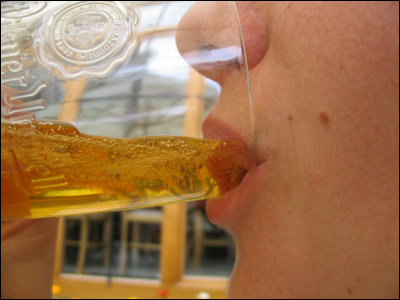Why is the theory that 'memory is stored in RNA' attracting attention?

It is generally thought that animal memory is conserved at
RNA memory hypothesis | Locklin on science
https://scottlocklin.wordpress.com/2021/02/03/rna-memory-hypothesis/
The idea that 'animal memory is stored in RNA' has been studied since the middle of the 20th century. Professor James McConnell, a biologist at the University of Michigan who was studying animal memory, conducted several experiments with planarians during the 1950s and 1960s. As a result of an experiment in which a planarian trained to clear a maze is preyed on by another planarian, the co-eating planarian behaved as if it remembered the maze, and Professor McConnell said, 'The memory of the planarian is RNA. and portability can be a 'through insisted .
Unfortunately, Professor McConnell's experimental results were not so important. However, in 2018, an experiment using Aplysia showed the research result that 'memory can be transplanted by transplanting RNA to another individual', and it is hypothesized that memory is preserved in RNA again. Attracted attention. Professor David Grantsman of the University of California, Los Angeles, who conducted the experiment, states that if memory is stored at synapses, the experiment of transplanting Aplysia memory cannot be successful.
Experiments with Aplysia show that it is possible to 'transplant memory into another individual'-GIGAZINE

Regarding the hypothesis that memory exists at synapses, Hebb's law is famous that the transmission efficiency of synapses is improved by repeating information transmission in neurons of the brain. However, Loughlin disagrees with Hebb's law, pointing out that 'even unicellular organisms without a nervous system appear to have some behavioral memory system.'
For example, E. coli is that it is possible to maintain the 4 seconds memory research results in addition to there is, paramecium (PDF file) to store the shape of the container that has been breeding research results have also been reported. Hebb's law that synapses are involved in animal memory and complex behavior is inconsistent with these cases in which unicellular organisms retain memory.
As long as a unicellular organism without synapses has memory, it is natural to think that something other than synapses preserves memory. RNA is more energy efficient and redundant than synapses, and the vast amount of RNA in a cell explains why unicellular organisms have memory. Therefore, Loughlin argues that the hypothesis that 'RNA preserves memory' is sufficiently convincing.

by Giuseppe Vago
Loughlin also introduced the hypothesis that 'RNA consisting of a combination of bases plays the role of a computer in the cell.' Given that each cell acts as computer memory, Loughlin said it could explain why some animals respond to specific stimuli at unusual speeds.
Related Posts:







